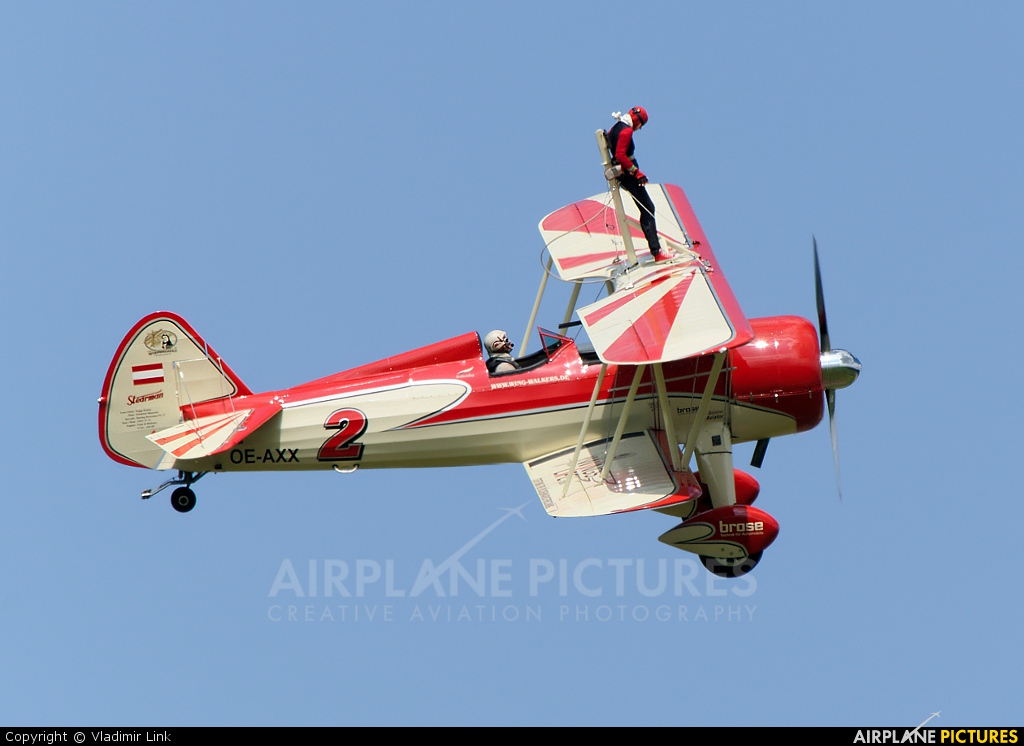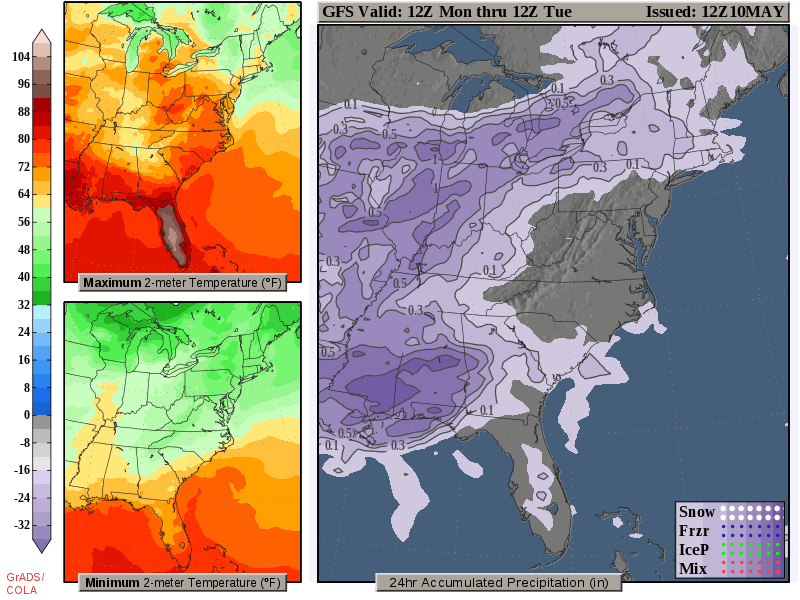

Four NEXRAD subsystems need replacement or refurbishment: Extend the life of FAA's NEXRAD to 2030 and beyond.The NEXRAD program will have four main purposes: They received a favorable Final Investment Decision for NEXRAD on September 19, 2012, and established a new cost and schedule baseline.
#Avation wx full
The Tri-Agency partners - NWS, DoD, and FAA - plan to keep NEXRAD in full operation through 2030. Additional investment into these algorithms is necessary to provide anticipated benefits. In-flight icing and hail detection algorithms have enhanced overall data quality in present-day NEXRAD. They reduce weather-related arrival and departure delays, which saves fuel consumption. NEXRAD systems increase aviation safety with accurate and timely detection of hazardous weather conditions.
#Avation wx upgrade
A cooperative program with the partner agencies will upgrade NEXRAD radars with a Service Life Extension Program to modernize and renovate the existing system of radars. NEXRAD radars are essential for forecasting weather. FAA's Weather and Radar Processor, Integrated Terminal Weather System, and the Corridor Integrated Weather System process NEXRAD products and services. The NWS collects and redistributes NEXRAD weather data from radars it operates as well as some of FAA's 12 radars and creates forecasts that are used in all phases of flight. This weather information provides the location, time of arrival, and severity of weather conditions to determine the best routing for aircraft. NEXRAD systems are Doppler weather radars that detect and produce over 100 different long-range and high-altitude weather observations and products, including areas of precipitation, winds, and thunderstorms. Through a joint program, the Department of Commerce’s National Weather Service (NWS), Department of Defense (DoD), and FAA developed NEXRAD. NEXRAD detects, processes, and distributes for display hazardous and routine weather information.

Aviation Safety Draft Documents Open for Comment.


 0 kommentar(er)
0 kommentar(er)
